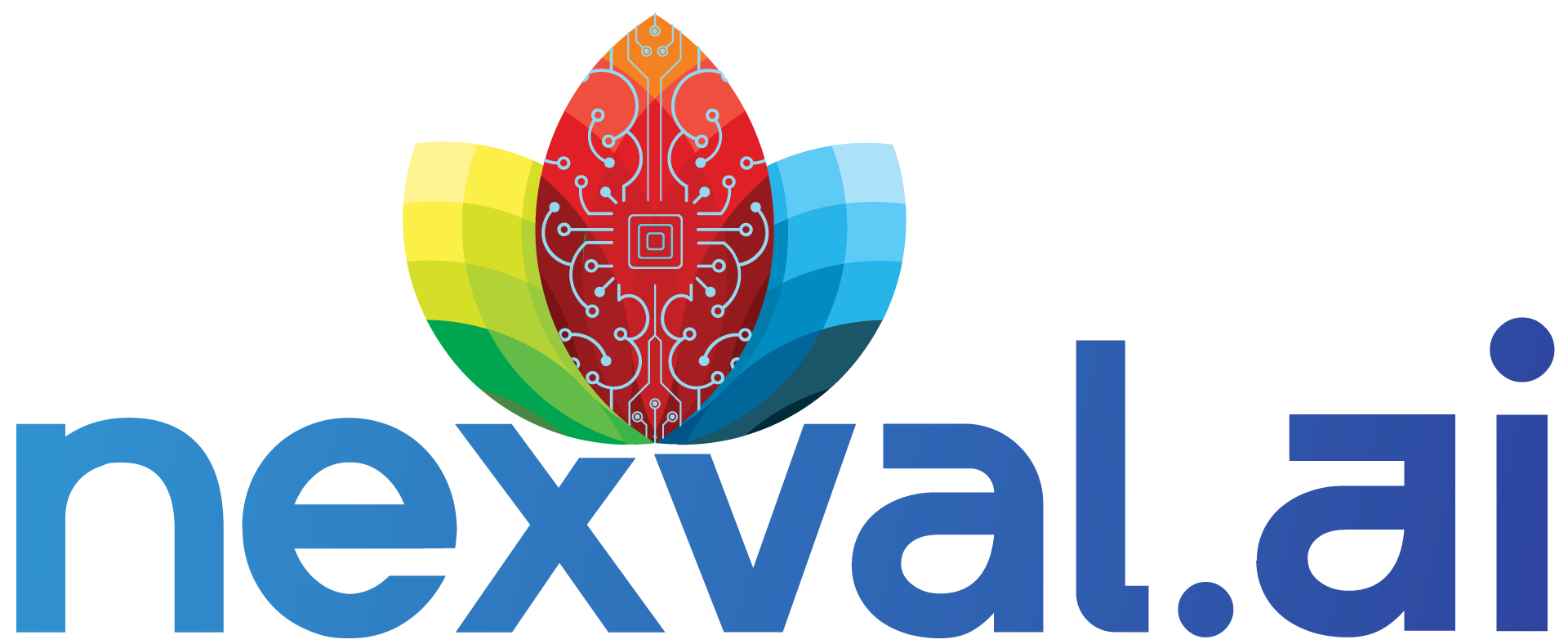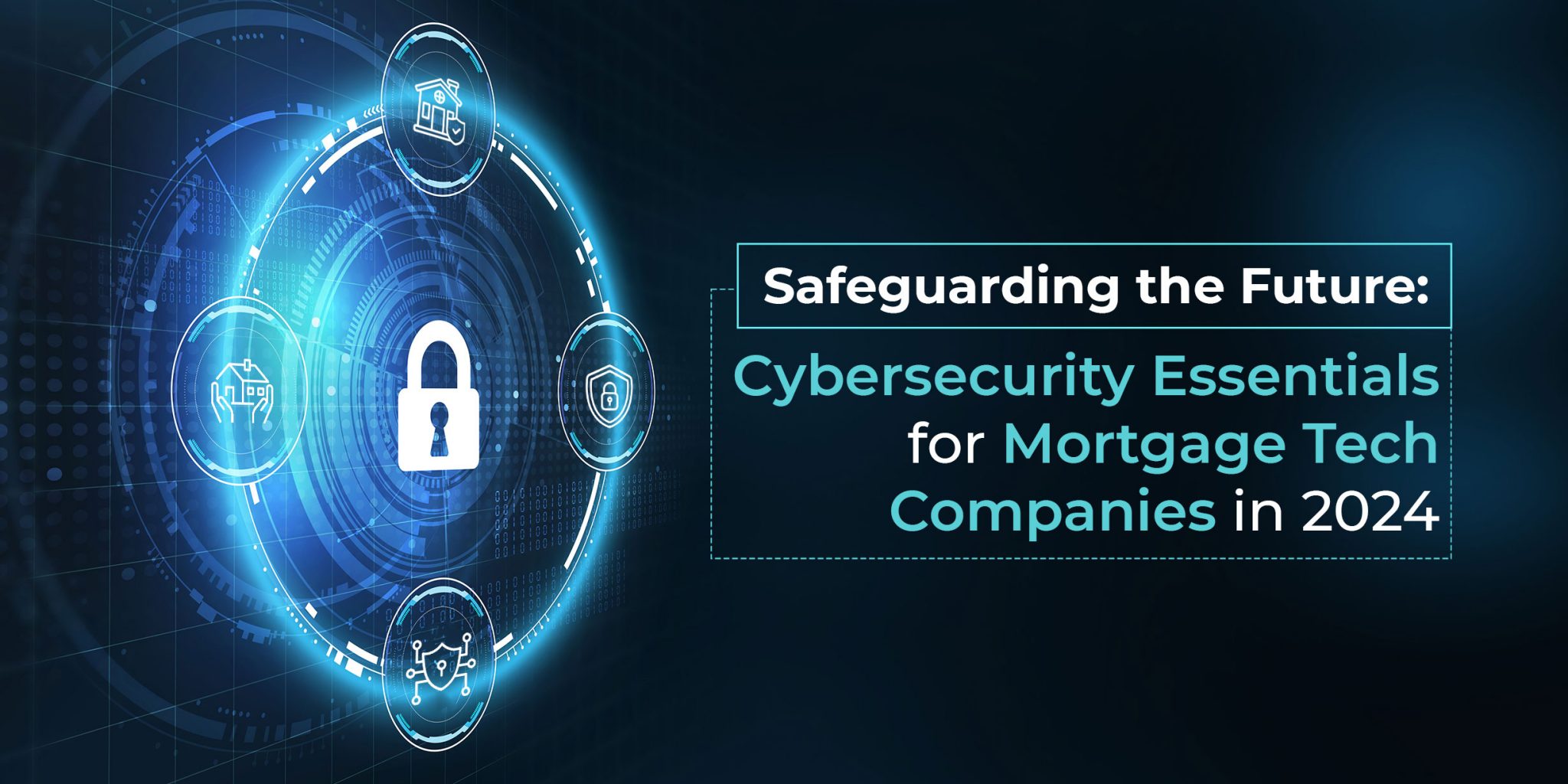Mortgage technology companies are prime candidates for cyber-attacks. Their complex software supply chains risk leaving room for vulnerabilities. Their systems routinely process high-value transactions and confidential information that could be held for ransom. As a result, the average cost of a data breach in financial services is higher than nearly every other industry, at $5.72 million. That is why mortgage tech companies must formulate a robust cybersecurity policy that factors in the following measures:
1. Adopt stronger password protection
Passwords are the first line of defense against unauthorized access to sensitive information stored in mortgage technology systems. Time-bound passwords are temporary codes that expire after a certain period. This adds an extra layer of security as it reduces the risk of someone using an old or stolen password to gain access to your systems.
Cryptographically generated passwords use complex algorithms to create strong and unique combinations of characters. These random strings are virtually impossible for hackers to guess or crack through brute-force attacks.
2. Add on new authentication layers
Biometrics, such as fingerprint or facial recognition technology, provide an extra level of security by verifying a user’s unique physical characteristics. Multi-device authentication goes one step further by requiring users to authenticate their identity not just on their primary device but also on a secondary device.
However, it’s not enough to simply incorporate these new layers; regularly reviewing login logs enables companies to identify potential vulnerabilities in mortgage technology systems and take proactive measures to address them promptly.
3. Enforce role-based access to mortgage data based on least-privilege practices
In the world of mortgage technology, safeguarding sensitive data is paramount. One effective way to do this is by enforcing role-based access to mortgage data based on least-privilege practices. This means that each user is granted access only to the specific data and functionalities necessary for their job responsibilities.
For example, a loan officer would have access to customer loan details but not administrative settings or other employees’ files. This cybersecurity policy ensures that employees only have the permissions they need, reducing potential vulnerabilities and limiting the impact of any security breaches.
Read more: Best Security Practices for Title and Escrow Companies
4. Move away from fractured architecture
Disjointed systems with multiple points of entry create vulnerabilities that can be exploited by cybercriminals. This fragmented infrastructure not only increases the risk of data breaches but also hampers operational efficiency.
To address these issues, companies should consider consolidating their mortgage systems into a centralized platform. By doing so, they can minimize the number of access points and reduce the potential attack surface. A unified and adaptive architecture allows for better control over cybersecurity policies, making it easier to implement robust defenses against cyber threats.
5. Encourage VPN use for remote employees
In an increasingly digital world, remote work has become the new norm for many industries, including mortgage tech companies. While this brings convenience and flexibility, it also introduces potential security risks when accessing sensitive mortgage data over public networks. To safeguard against these threats, it is crucial to encourage the use of Virtual Private Networks (VPNs) among remote employees.
A VPN creates a secure connection between an employee’s device and the company’s network. By encrypting the data that is transmitted between them, VPNs ensure that any information shared over public networks remains private and protected from prying eyes.
6. Partner with pen testers and ethical hackers
One of the crucial steps in safeguarding your mortgage tech company’s future is to partner with pen testers and ethical hackers. These professionals are skilled at identifying vulnerabilities in your systems and testing their resilience against cyber threats, giving you a detailed cyber risk assessment of your mortgage technology infrastructure.
Ethical hackers apply their expertise to simulate real-world attacks on your mortgage systems, helping you understand where your security measures may fall short. They employ various techniques to discover any weak points or loopholes that could lead to a breach.
Read more: Unveiling the Mortgage Sector’s Response to Cyber Threats
7. Invest in cyber insurance
Cyber insurance provides financial coverage and support in the event of a security breach or data loss. It includes coverage for legal fees, notification costs, public relations assistance, and even compensation for affected borrowers. This can help alleviate the financial burden and reputation damage associated with a cybersecurity incident. Moreover, having cyber insurance demonstrates a commitment to protecting borrower information and instills confidence among both current and prospective clients.
8. Educate both employees and mortgagors
For employees, regular training sessions should focus on recognizing phishing attempts, emphasizing the importance of never sharing personal or financial details via email or phone unless verified. It’s essential to create a culture of skepticism towards unsolicited requests for information and encourage reporting any suspicious activity promptly.
Mortgagors must also be educated on how to protect themselves from phishing attacks. Lenders should provide clear instructions on their website and during the loan application process on how they will communicate with borrowers. Remind them not to click on suspicious links or download attachments from unfamiliar sources and advise against sharing personal information over unsecured channels.
9. (Re)Assess mortgage outsourcing vendors and the software supply chain
Start by thoroughly vetting your outsourcing vendors. Look for providers who prioritize cybersecurity and have robust protocols in place. Conduct thorough background checks and verify their compliance with industry standards such as ISO 27001 or SOC 2.
Additionally, assess the security posture of any third-party software you use within your mortgage systems. This includes conducting regular audits to identify any vulnerabilities that could be exploited by hackers.
10. Switch to the cloud
By moving your systems and data storage to a secure cloud environment, you can ensure that your systems are always up-to-date with the latest security measures. Cloud providers invest heavily in cybersecurity and continuously update their infrastructure to protect against emerging threats. This means that by leveraging cloud technology, you can take advantage of robust security features such as encryption, regular backups, and automated software updates.
Read more: 5 Mortgage Cybersecurity Trends of 2023
Despite a series of security attacks in 2022 and 2023, most mortgage companies are underprepared for what’s ahead. Just about 50% of lenders are testing their own infrastructure’s cybersecurity, which is a worrying sign. Mortgage technology companies must step up and reapproach their offerings as well as SLAs from a security-first perspective to minimize threats in 2024.
At Nexval, we help mortgage industry leaders build and maintain resilient, efficient systems. Speak with our experts to learn how.

